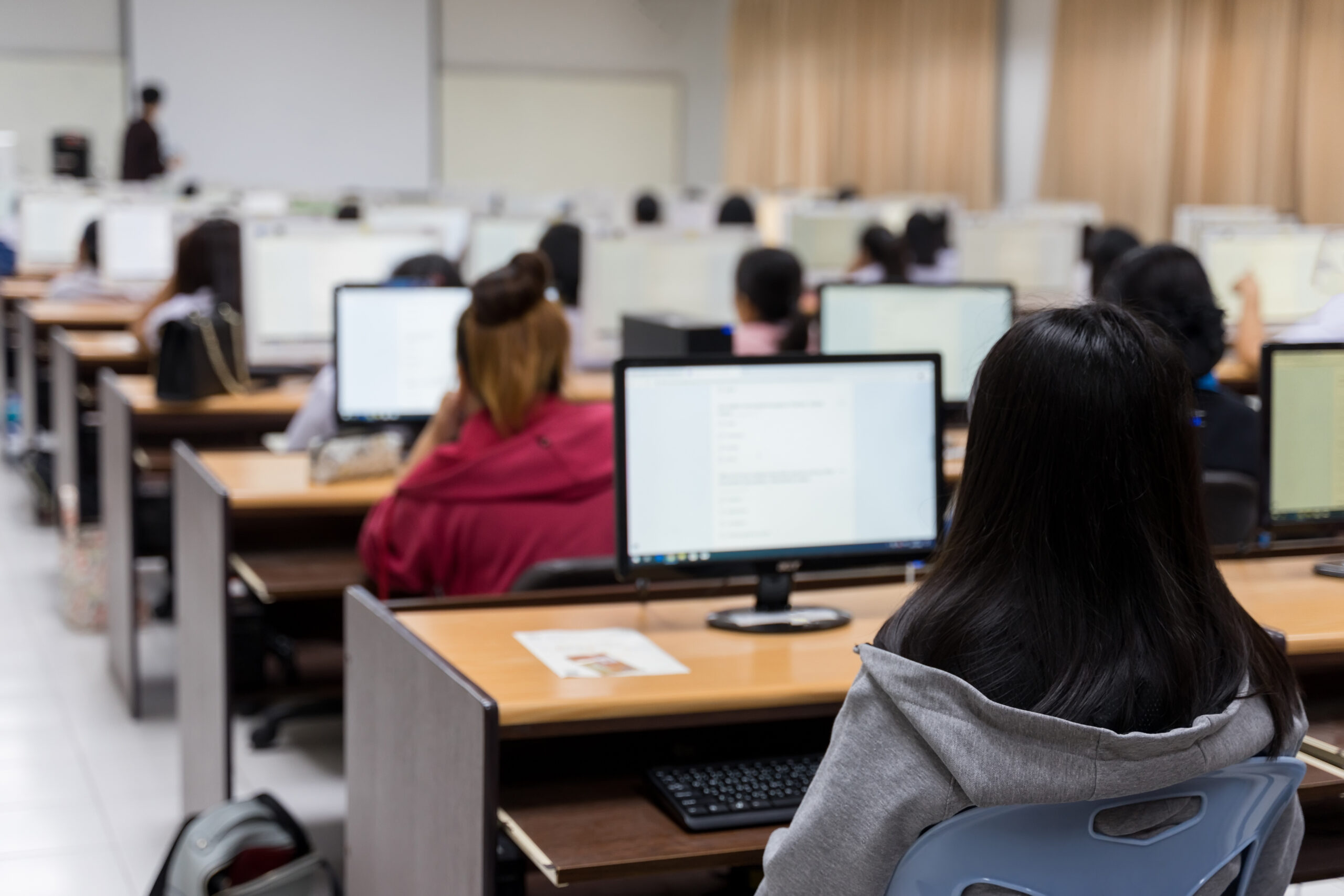As schools and colleges increasingly rely on digital resources, keeping students safe online has never been more crucial. In response to evolving digital risks, the UK Department for Education recently updated its filtering and monitoring standards, providing schools and colleges with clearer guidance on safeguarding responsibilities. These changes highlight the need for robust, well-managed systems that ensure a safe digital environment for students.
At Lightspeed Systems, we understand the complexities schools face in implementing these standards while maintaining an effective learning environment. Here, we’ll outline the key updates to help schools navigate these requirements with confidence.
Keeping Children Safe in Education
One of the most significant updates is the reinforced role of leadership in digital safeguarding. The language around filtering and monitoring has evolved from being “important parts of safeguarding” to a “statutory responsibility,” directly linking digital safety standards to the safeguarding duties in the Keeping Children Safe in Education (KCSIE) guidelines. This positions filtering and monitoring as required obligations, enhancing accountability for school leaders and governing bodies.
Roles & Responsibilities
The updated standards explicitly require governing bodies and school proprietors to ensure that filtering and monitoring systems are in place and managed effectively. Responsibilities are no longer assigned solely to the Designated Safeguarding Lead (DSL) but are shared across the senior leadership team, including IT and safeguarding staff. This support allows for a more balanced distribution of responsibilities, reducing the burden on DSLs who may lack technical expertise.
For many schools, especially those with limited staff, these changes may feel challenging. Having an intuitive, education-specific filtering and monitoring system can help ease this load by enabling less technically trained staff to implement and manage effective safeguards. This new approach underscores the collective responsibility of school leadership teams to maintain safe online environments.
Regular Reviews
The updated standards advocate a proactive approach to reviewing filtering and monitoring systems. Schools and colleges are now expected to conduct annual reviews to address emerging risks, including generative AI and new devices introduced through Bring Your Own Device (BYOD) programs. These reviews should be documented and shared with senior leadership and governing bodies to enhance accountability and transparency.
Collaboration between IT and safeguarding teams is encouraged, as combining technical expertise with an understanding of students’ needs strengthens digital safety measures. This shift moves schools away from a “set it and forget it” mentality to an adaptive, responsive approach that keeps pace with changing digital landscapes.
Balancing Safety with Effective Learning
Digital safety is critical, but it’s equally important to balance it with effective learning opportunities. While restrictive internet access might seem safer, overblocking can hinder educational experiences that utilise digital tools. The updated standards clarify the need for tailored access levels based on age, subject, device type, and individual student needs.
This specificity allows schools to meet statutory duties outlined in KCSIE and Prevent Duty Guidance, while also fostering students’ abilities to assess and manage risks independently. Governing bodies and senior leadership teams must work together to implement and regularly update filtering systems, incorporating blocklists from organisations like the Internet Watch Foundation and the Counter-Terrorism Internet Referral Unit, ensuring these lists remain active and secure.
Monitoring Strategies
The new guidance emphasises a comprehensive and proactive approach to monitoring, expanding the range of strategies and clearly defining responsibilities. Unlike previous guidance, which positioned monitoring as an extension of safeguarding, the updated standards treat monitoring as a distinct, complementary area that identifies high-risk behaviors without necessarily blocking them.
These standards specify various monitoring strategies, including in-person supervision, device management software, and filtering report review. Solutions like Lightspeed Alert provide automated notifications to help identify incidents posing higher risks to student safety or wellbeing.
Approaching monitoring not only as a compliance measure but as a core element of digital safeguarding can yield real-time insights and support timely interventions. By fostering an environment where staff and students understand digital safety and responsible online behavior, schools can cultivate a positive and secure digital culture.
Further Discussion
This blog serves as an introduction to the updated guidance, but it is only the beginning. A few weeks ago, Charlotte Aynsley, Head of Policy at the UK Safer Internet Centre, and Martin Simpson, Director of IT at Lift Schools joined Shaun Phillips, UK Account Director, and I to take a deeper dive into these changes and their impact on UK schools and colleges. View the webinar recording here, or watch below:

Conclusion
These updates reflect the growing complexity of safeguarding students in an increasingly digital world. Schools and colleges are now expected to take an active role in managing digital safety systems, conducting regular reviews, and staying alert to new risks, like AI-driven content.
At Lightspeed Systems, we’re here to support you through these changes. Our filtering and monitoring solutions are designed to meet the latest standards, ensuring a safe, productive online environment for staff and students. If your school or college needs guidance or technology to comply with the new requirements, contact us today to learn more.

